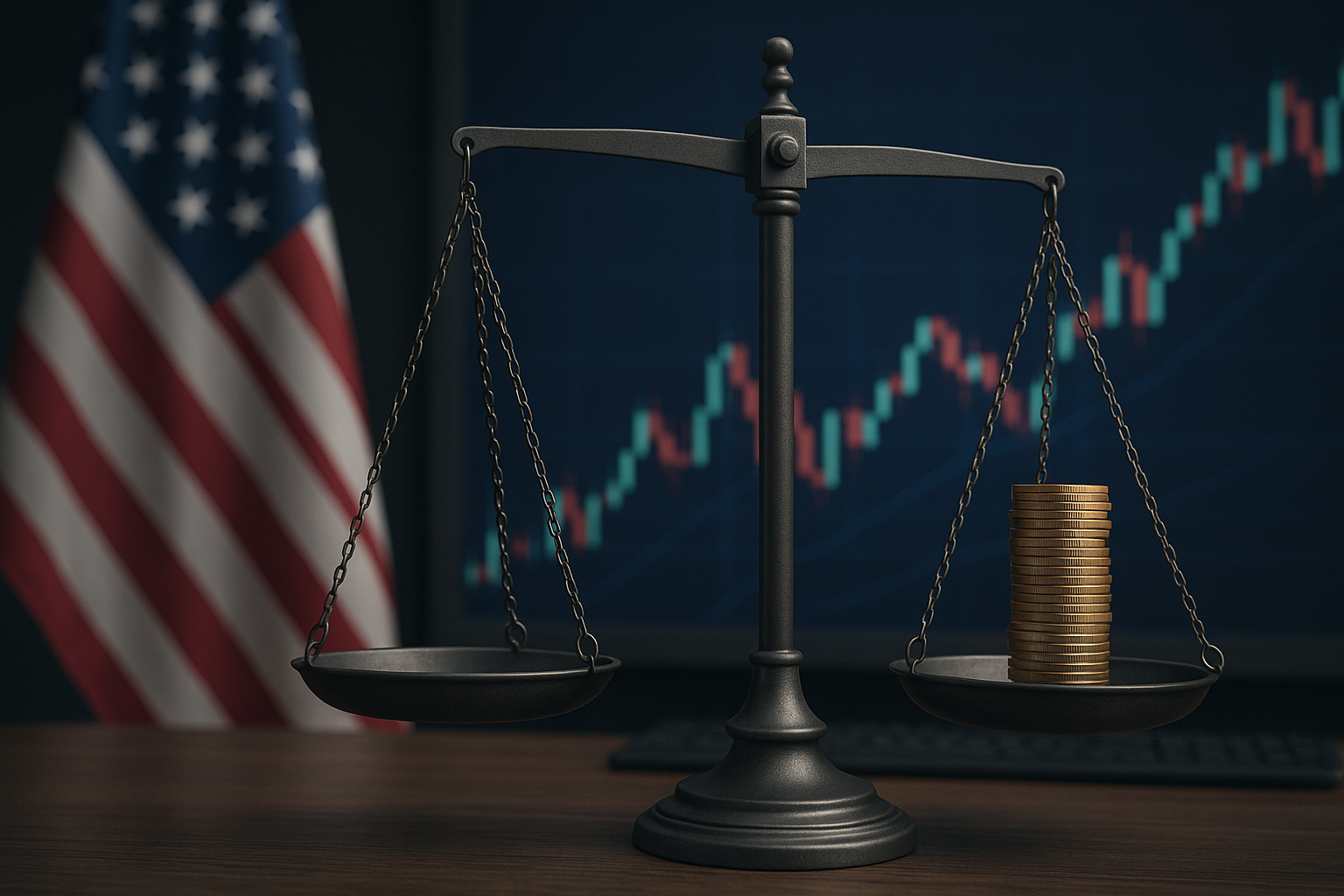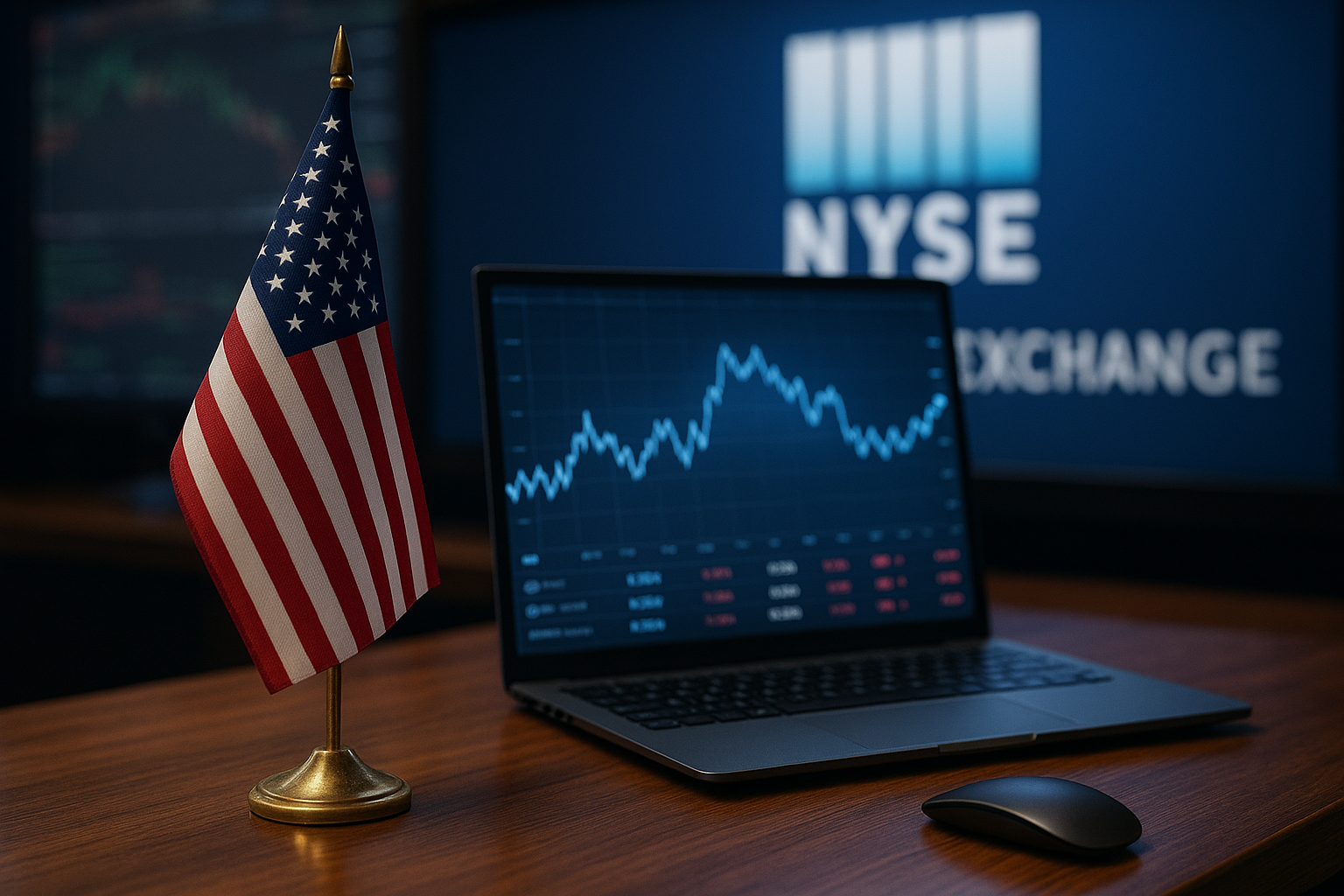Gold has once again taken center stage in global markets. The precious metal surged past $3,575 per ounce this week, reaching historic highs as investors grapple with weakening U.S. labor data, mounting speculation of Federal Reserve rate cuts, and renewed volatility in the dollar. For many, this rally underscores gold’s enduring role as the ultimate safe-haven asset.
Why This Matters for Investors
Investor sentiment has shifted sharply in recent weeks. The combination of soft economic data, expectations of easier monetary policy, and ongoing geopolitical uncertainty has triggered a flight to safety. According to The Armchair Trader, institutional demand for gold remains robust, with central banks continuing to diversify away from the dollar. This institutional layer of buying adds resilience to the rally and provides a foundation for higher long-term price projections.
For retail and institutional investors alike, the move to record highs confirms gold’s resilience in times of economic and policy uncertainty. As inflationary pressures ebb and flow, gold is increasingly seen as both a hedge against currency risk and a portfolio stabilizer.
Central Bank Buying and Macro Forces
The World Gold Council recently highlighted that global central bank purchases are on track to match or exceed 2024 levels, driven largely by emerging markets diversifying reserves. Simultaneously, a weaker dollar and softening Treasury yields have made gold comparatively more attractive.
Forecasts now stretch further: some analysts see a path to $5,000 per ounce by early 2026, should dovish policy shifts converge with continued reserve diversification. That outlook depends on how aggressive the Fed is with cuts in the months ahead, and whether inflation risks remain under control.
Future Trends to Watch
- Federal Reserve Policy – If September’s labor and inflation data keep signaling weakness, markets will expect deeper rate cuts, which could fuel further upside for gold.
- Currency Volatility – Dollar weakness is a critical tailwind. A prolonged decline would boost gold’s relative attractiveness globally.
- Mining Equities and ETFs – Gold miners often outperform the metal itself in bull runs, though operational costs remain a factor. ETFs such as GLD or GDX provide broad exposure to the trend.
- Geopolitical Risks – From trade disputes to resource nationalism, geopolitical turbulence continues to elevate gold’s role as a stabilizer in investor portfolios.
Key Investment Insight
This is a classic safe-haven move, reinforced by both macroeconomic signals and central bank activity. Investors should consider positioning through gold ETFs, futures contracts, or mining equities to capture upside while also hedging broader market risks. However, elevated valuations mean timing entries will be crucial, and portfolio diversification remains paramount.
As global liquidity dynamics shift and investor psychology adjusts to a potential dovish Fed pivot, gold stands as one of the clearest beneficiaries.
Stay with MoneyNews.Today for more daily insights into how market signals—from metals to monetary policy—are shaping tomorrow’s investment opportunities.





